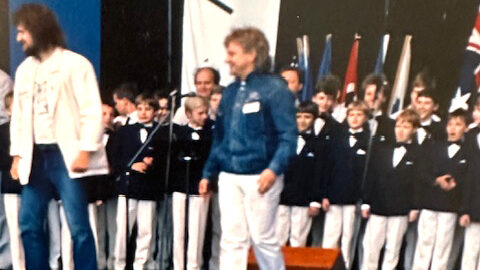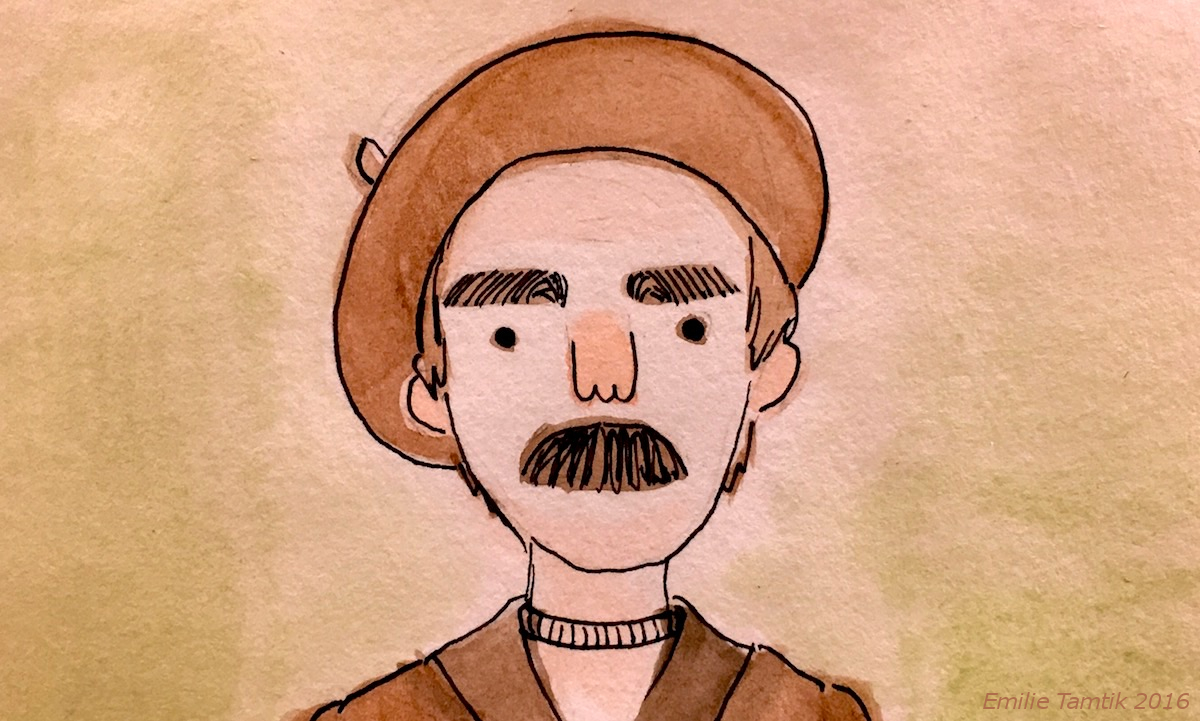That is the stance that Academy Award-winning director, writer and producer Martin Scorsese took in an article he wrote for the New York Times in 2019. He makes the case that cinema is (or should be) about transformation—complex or even paradoxical character dynamics and aesthetics should entice viewers into experiencing some spiritual or emotional revelation about themselves or what the art world can look like.
Modern cinema fails to achieve this, he says. He cites the Marvel franchise as evidence of this:
“What's not there is revelation, mystery or genuine emotional danger. Nothing is at risk. The pictures are made to satisfy a specific set of demands, and they are designed as variations on a finite number of themes… That's the nature of modern film franchises: market-researched, audience-tested, vetted, modified, revetted and remodified until they're ready for consumption.”
Far from being a cause of this unfortunate shift in movie-making, the Marvel franchise—with its predictable, easily digestible, and somewhat formulaic plots—is symptomatic of a larger economic and social system that prioritizes profit at the expense of creating original and provocative media. Industry giants like Disney, Universal, and Sony focus on achieving dominance in box office sales by catering towards what's been tried and true: producing remakes of popular classics, sequels of successful films, or exploring existing franchises more generally.
Other times, studios exploit celebrity culture to guarantee a return on their investments. Consider the film Amsterdam (2022), whose cast boasts mostly A-list celebrities: Margot Robbie, Christian Bale, Robert De Niro, Rami Malek, and the acclaimed singer-songwriter Taylor Swift. Despite its incredibly talented cast, the film only scored 32% on Rotten Tomatoes and 6.1/10 on IMDb. What can explain the discrepancy between the cast's talent and the film's reception?
Producers know that with high-profile celebrities comes their loyal cult followings. Think of Taylor Swift's massive fanbase. Sure, she may not have much acting experience, but her army of “Swifties” will guarantee a larger audience for a film she's featured in. In an article for Rowdy Magazine, author Jacqueline Schaffer presents the argument that while using A-list celebrities doesn't inherently negate the quality of a film, issues arise when studios begin to rely on their cast’s notoriety in lieu of other important storytelling aspects. What a film lacks in quality writing can be compensated for in celebrity clout; consumers will pay to see their favourite celebrity on screen regardless. It has thus become the norm that films jam-packed with celebrity casts and forgettable writing account for some of the biggest box office sales. In this climate, lesser-known actors struggling to make a name for themselves suffer; so do independent filmmakers—the result: more of the same mediocrity, over and over again.
The same can be said about the music industry. Pop music has succumbed to the influence of commercialization, being produced to appeal to the largest possible audience. Nearly identical tempos, rhythms, and easily digestible motifs are used across the genre. Commercialization has, much to society's detriment, fundamentally altered how we consume and conceptualize art.
Is there anything that can be done to promote the development of new and innovative media? While it's unfair to place the burden of change on consumers, an essential first step is to support media that deviates from the conventional formulas used in media production.
Hailing from the small village of Vara in Estonia, art/avant-garde pop star Mart Avi creates work emblematic of this. Avi released his first album, Humanista, in 2015. Since then, he's made four others, eight singles and EPs. Throughout these projects, he has crafted a distinctly unique sound undisturbed by the pressures of conformity. Rich electronic synths accompany Avi's soothing voice, creating a weightless listening experience. Many of these bizarre beats undulate in a way that bids the listener into a trance-like state, welcoming them into his personal dreamscape.
Though he incorporates certain pop elements into his sound (including upbeat rhythms and consistent tempos), his enthusiasm for weaving bizarre ambient soundscapes through them differentiates him from the formulaic pattern many artists are inclined to follow to generate streams. Consider the opening track to his 2020 album Vega Never Sets titled “Feather:” repetitive, gentle ambient electronic beats dance with an undulating percussive flow in a way that is not meant to demand the listener's full attention like pop songs do. In Avi's world, listeners are allowed to float away. His sound is one for dreamers.
The music videos he's created reflect this dream-like fantasy world. Released in 2021, the official music video for “Feather” is a masterclass in the abstract. Using the game creation system “Dreams” on PlayStation 4, Avi and Estonian film director Ivar Murd crafted a visual that “saturates the single's elusive charge with surrealist horizons, serene vistas, and encounters with Jungian dream figures,” according to the artist's Bandcamp.
We also see stratospheric swirls of colour paint eerily familiar dreamscapes reminiscent of a distant past: Where am I? Have I been here before? Who are you? To Avi, however, these are questions not meant to be answered. This playful elusiveness goes against the grain of status-quo storytelling that, to quote Scorsese again, is “market-researched, audience-tested, vetted, modified, revetted and remodified” because it doesn't conform to a formulaic plot designed for generating profit. It's art for art's sake, inviting viewers to ponder the intangibly poignant melting pot of shapes and colours in a way that's hard to express in words. That may be what Avi intended. What is clear is Avi's enthusiasm for challenging conceptions of what art can look like—a feat which “Feather” has undoubtedly achieved.
“Feather” is available to watch here on YouTube!
This article was written by Natalie Jenkins as part of the Local Journalism Initiative.




